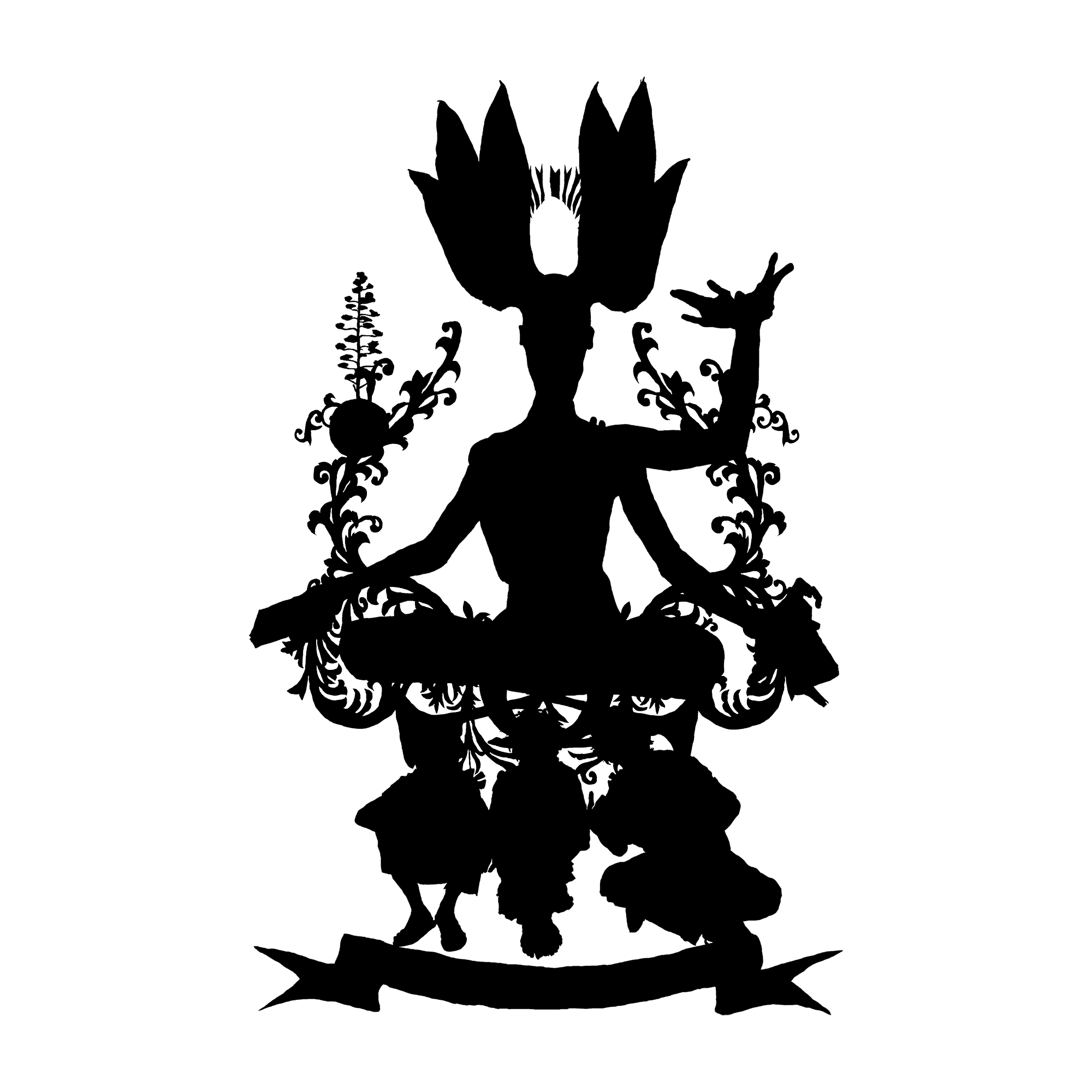C. M. Kosemen
Artist and Researcher
***
Jeru
Originally published on Bogleech.com in 2017.
It happened in Istanbul, during the late 1990s. I was crossing the Bosporus Bridge, returning from a fun evening when the traffic suddenly ground to a halt. We were stranded between Europe and Asia. People tried to figure out what was happening; some said there was an accident, others; some sort of police control, or even a bomb... Everyone silently remembered the coup that took place a few years ago - the plotters had started their act by blocking traffic on the bridges across the Bosphorus. The full moon was up, illuminating the sea with a pale, reddish-green halo.
Then we all saw - three people; a middle-aged man, a younger fellow and a girl, all came running from different parts of the traffic jam, embraced in a strange sort of triangular hug; and then, to our horror, vaulted over the double set of barriers on the side of the bridge and - jumped.
Much was made of the story in the following weeks, and chilling footage captured by onlookers clocked up untold hits on Youtube and news websites. “Suicide pact”, called out one news outlet. “Satanists and secularists”, screamed another. Yet another connected the whole affair to the “unbearable buildup of political and urban stress”.
Then, however, details emerged. The vexing fact was that the three people seemingly had never known each other - let alone met for any sort of suicide pact - before that night.
Their lives had never intersected. The young girl was a student from a local university, studying away from home. She had jumped out of her friends’ car. She was sweet and innocent, and her parents were aghast. She quickly became the media face of the tragedy.
The young man, roughly her age, was a Kurdish textile worker taking the bus home after a tiring day spent stitching blue jeans together for twelve hours, non-stop. He was the quickest-forgotten of the bunch.
The third, the middle-aged American-Iranian tourist, was the most puzzling. He had jumped out of the taxicab he was taking back to his hotel, leaving behind a vexing, unsent text on his phone; the only evidence the police had for any sort of motive: “JERU IS PASING [sic]”.
The media latched onto the puzzling text like a teat, milking it dry for interpretations and conspiracy theories. It didn’t help that the man was a foreigner either. Iranian and American secret services were blamed. A particularly inventive conspiracy hack linked the “JERU” in the text to “Jeru-salem”, and concluded that the event was a test run for a mind-controlling suicide weapon, fielded over our Homeland by (naturally), the Israelis and MOSSAD. Other brilliant minds imagined a poisonous gas that drove people to suicide, or terrorists spiking the city’s drinking water with LSD. Prudent citizens avoided drinking tap water for a few weeks afterwards, just in case.
Life resumed its pace, and in a few weeks this ghastly event, too, was forgotten. Weeks became months, years… Even I erased that night from my memory. But such things had a way of coming back.
***
One of my hobbies was archaeology, particularly in its more obscure, arcane aspects. I bought archaeological journals, usually at great personal expense, and read their contents as one might read the local gossip column. An article in such a journal caught my eye that damning night: “An Eccentric Curse Tablet from Pagan Constantinople” - and the memories returned.
Curse tablets, in case you may not know, are metal -usually lead- tablets decorated with spells, magical incantations and illustrations of demons and supernatural beings with gruesome names like FORVEO, "The Nice-Eyed-One", DEIEDA, SEMESILAM and BAZAGRA. They are known from every city in the old world, and their origin goes back to Roman, ancient Greek and Hittite times - possibly even earlier.
People still make them, believe it or not - the demons just turned into djinni to suit changing religious fashions; paper has replaced lead as the medium of choice - but the practice persists across the Islamic world. Modern or ancient, most curse tablets contain “binding spells” - written for petty purposes; invoking supernatural aid to grant money, bind the arms and tongues of political enemies, strike down spurning lovers, exact revenge, and so on.
Now, the tablet mentioned in this article stood out - because instead of a binding spell, it contained what the authors interpreted as a prophecy. It was unearthed in a dig, way back in the mid-1960s; and was encased in a tar-filled, corroded iron box so rusty that it wasn’t possible to open and read it without destroying the tablet. Only now, thanks to advanced MRI scanning, were archaeologists able to read its inscriptions. The authors gloated over their description of the technology they had used. My mind clouded over as I read the translation, and fear grew in my heart like a drop of ink spreading in water:
[Restless fire, JERU will return.]
[First three will walk into the sea over the crowning moon.]
[Then four thousand, into fire at the shores of T-.]
[Then silence for ten upon ---?]
[On the third visit, all living souls will go,]
[In, in into green firmament!]
[It will pass over the World.]
[And JERU will reign to claim you all.]
[Shine on mortals, like gold ? master of Y-.]
[IEON JERU IEON]
[JERU JERU EIA JERU EIA IA§ PHIACHA]
[World-spirit of restless fire!]
What if the dead Iranian's text - “JERU IS PASING” was, somehow, alluding to the same name?
It seems unlikely, but I can’t, for the life of me, unlink these two disparate recollections - the night of the suicides and the prophetic tablet. I have carried a dark weight since reading that article, and an inexplicable dread keeps growing in my heart.

***
Copyright laws protect all content associated with this site.
Contact c.m.kosemen@gmail.com for inquiries.
***

















